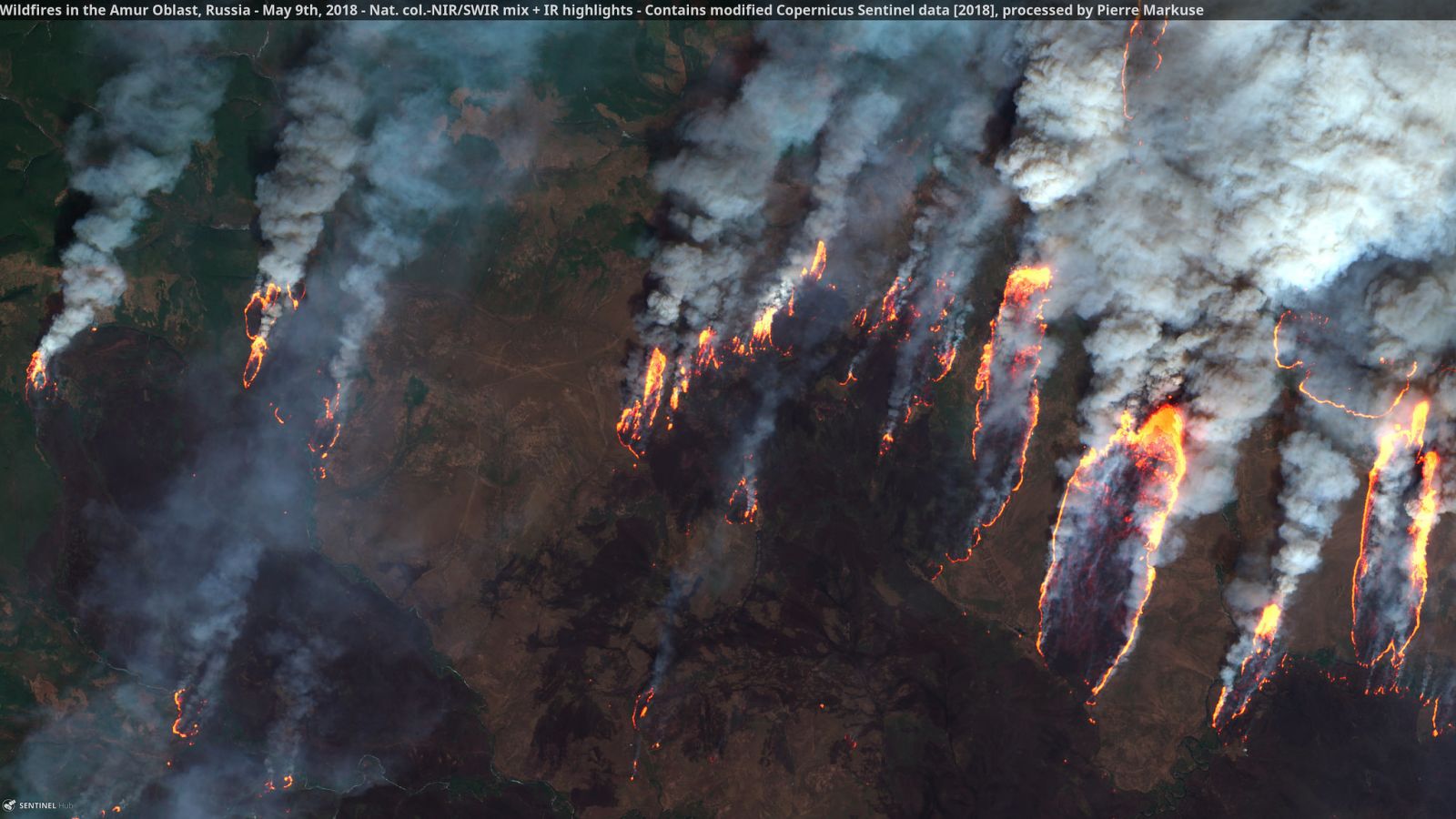Image: Pierre Markuse (Flickr)
Editor’s note: the figures in this article were confirmed using multiple sources, including Grist, the Telegraph, and Inside Climate News. However, the sources are about a week old so the affected areas are probably larger
This summer’s unprecedented temperatures have melted and dried vast regions of arctic permafrost, which have begun igniting and growing into unstoppable wildfires. Russia has been forced to declare a state of emergency because active fires have now expanded to over 12,000 square miles, roughly the size of Belgium, bringing the total affected landmass to over 42,000 square miles this season. These fires are significantly worse than typical forest fires because the burning soil contains significantly more CO2 and the fires will burn for much longer.
A decade ago the phrase “melted permafrost” would have seemed like a contradiction, let alone “permafrost fire.” The definition of permafrost is that it’s not supposed to melt, at least not on human timescales. Now the carbon locked beneath melted permafrost is turning into another feedback loop, a climate system that makes itself worse once triggered; the more heatwaves we encounter the more permafrost fires we’ll experience, those fires contribute to more heatwaves, and so on in a vicious cycle.
These fires are not limited to Russia. Alaska has also experienced over 3,750 square miles of wildire through July. Even Greenland, the land of ice, has witnessed significant wildfires and lost over 197 billion tons of ice in July. These events, among many others, have made 2019 the most extreme year of climate breakdown in human history. Scientists have been forced to revise their models as levels of permafrost melt have already reached levels that were not predicted until 2090. Many climate science “alarmists” appear to have been to conservative in their estimates, an increasingly common theme.
For some people the instinct is to retreat from these horrifying events, to throw their hands up and declare the situation is hopeless and that taking action is futile. Their fear-based response is understandable but it is not acceptable; it makes those people complicit in the nihilistic destruction of life on Earth. We have a moral obligation to take action against the industrial infrastructure that has caused this catastrophe. That struggle against the forces of death is worthwhile, regardless of our personal outcomes, because life is inherently worth defending. The sooner we dismantle industrial civilization, the more species will survive, and the sooner Earth will recover.

